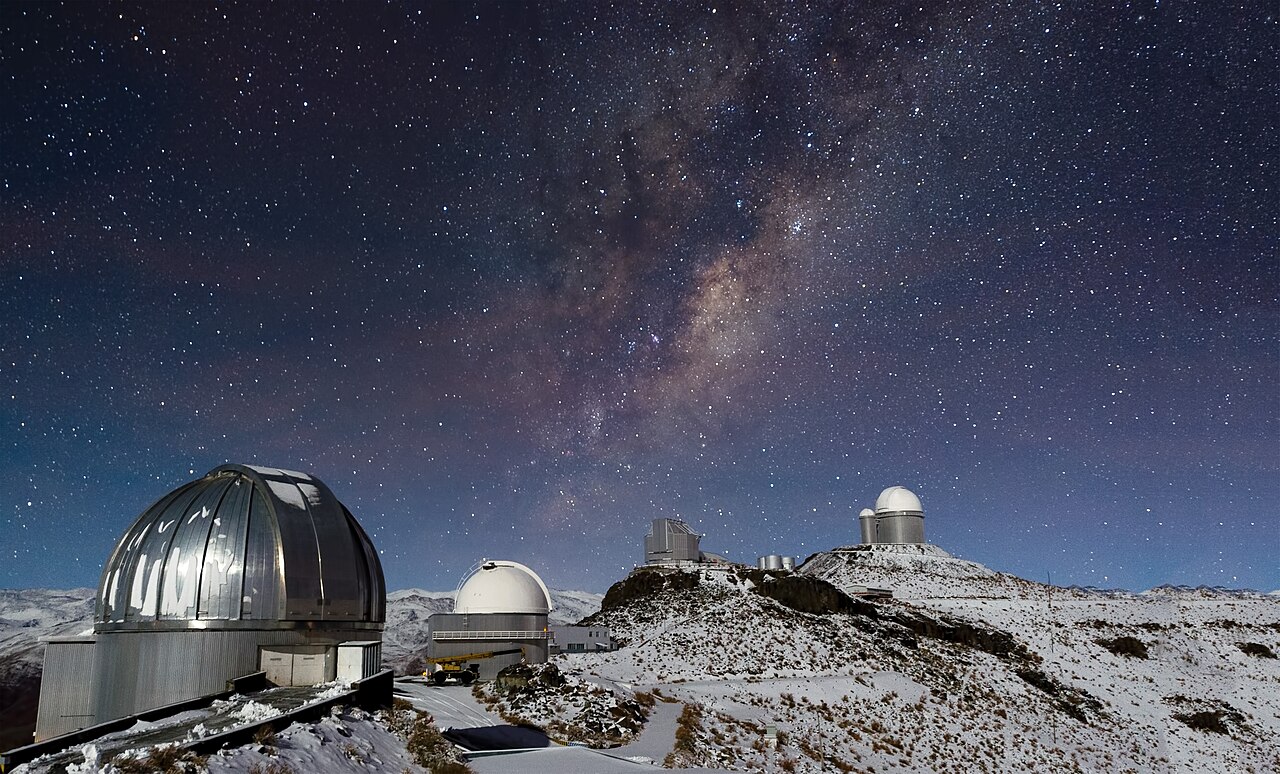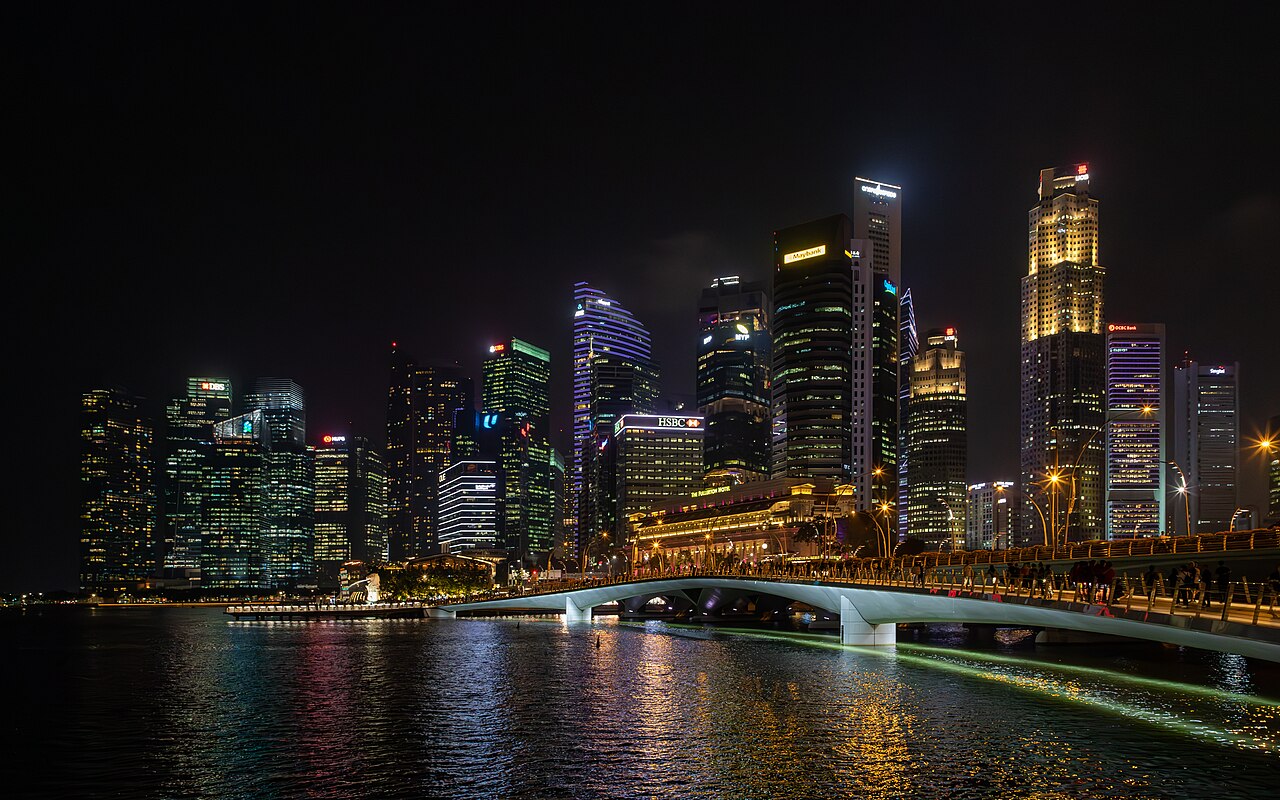
Introduction
Light pollution is a growing concern in our increasingly urbanized world. Characterized by the excessive and misdirected artificial light produced by streetlights, billboards, and other sources, light pollution significantly alters the natural nighttime environment. Beyond obscuring our view of the night sky, light pollution has detrimental effects on wildlife, human health, and energy consumption. This document aims to explore the physics behind light pollution, its sources, effects, and potential mitigation strategies.
What is Light Pollution?
Light pollution can be categorized into several distinct types, each with unique characteristics and consequences:
1. Skyglow
Skyglow refers to the brightening of the night sky over populated areas due to the scattering of artificial light by atmospheric particles. This phenomenon not only obscures our view of celestial bodies but also alters the natural light cycles that many organisms depend on. Skyglow is particularly pronounced in urban areas where numerous sources of light contribute to a diffuse glow, making it nearly impossible to see faint stars and other astronomical objects.
2. Glare
Glare occurs when there is excessive brightness that causes visual discomfort and reduces visibility. This is commonly experienced when driving at night, where oncoming headlights can create a blinding effect, making it difficult to see the road ahead. Glare can arise from poorly designed outdoor lighting, which directs light in inappropriate directions.
3. Light Trespass
Light trespass is the unwanted or intrusive light that spills over into areas where it is not needed or wanted. For instance, streetlights illuminating a private residence can disrupt sleep and lead to health issues. Light trespass is particularly problematic in residential neighborhoods where light from commercial areas can intrude into homes.
4. Clutter
Clutter refers to the excessive and chaotic arrangement of lights, often seen in commercial districts filled with neon signs, billboards, and decorative lights. This visual clutter can distract drivers and pedestrians, creating safety hazards, and contributes to the overall perception of light pollution.
The Physics of Light
To understand light pollution, it is essential to delve into the fundamental physics of light. Light is a form of electromagnetic radiation, characterized by its wavelength, frequency, and speed.
Properties of Light
. Wavelength: The distance between successive peaks of a light wave. Light exists in a spectrum of wavelengths, with visible light ranging from approximately 380 nanometers (violet) to 750 nanometers (red). Different wavelengths correspond to different colors, influencing how we perceive light.
. Frequency: The number of wave cycles that pass a given point in one second, measured in hertz (Hz). Frequency is inversely related to wavelength; shorter wavelengths have higher frequencies and vice versa.
. Speed of Light: In a vacuum, light travels at an astonishing speed of approximately 299,792 kilometers per second (186,282 miles per second). This speed can be affected by the medium through which light travels; for example, light travels slower in water or glass than in a vacuum
Reflection and Scattering
Two critical physical phenomena contribute significantly to light pollution: reflection and scattering.
Reflection
Reflection occurs when light bounces off a surface. This can amplify brightness in urban settings, where buildings, roads, and other structures reflect artificial light. For example, a well-lit street can create a reflective environment that increases overall illumination, further contributing to skyglow.
Scattering
Scattering occurs when light rays encounter particles in the atmosphere, such as dust, water droplets, and air molecules. The scattering of light is responsible for various atmospheric phenomena, including the blue color of the daytime sky. Two main types of scattering relevant to light pollution are:
1. Rayleigh Scattering: Named after the British scientist Lord Rayleigh, this phenomenon occurs when light interacts with particles much smaller than its wavelength. Shorter wavelengths (blue and violet light) are scattered more than longer wavelengths (red and yellow light), explaining why the sky appears blue during the day. At night, artificial blue light from streetlights and buildings scatters in the atmosphere, contributing to skyglow.
2. Mie Scattering: This type of scattering occurs when light interacts with larger particles, such as dust, smoke, or water droplets. Mie scattering affects the color and intensity of light pollution, often leading to a more diffuse, yellowish glow that obscures the night sky.
Sources of Light Pollution
Light pollution arises from various artificial light sources, primarily in urban areas. Some significant contributors include:
1. Streetlights
Streetlights are a major source of light pollution. Poorly designed fixtures can emit light in all directions, increasing skyglow and glare. The use of high-intensity light sources, such as sodium vapor and LED lights, can further exacerbate these effects.
2. Commercial Signage
Brightly lit signs, particularly in shopping districts, contribute significantly to light pollution. Neon lights and illuminated billboards create visual clutter, distract drivers, and can lead to light trespass into residential areas.
3. Vehicle Headlights
The high intensity of vehicle headlights can create glare, particularly in areas with high traffic. Improperly aimed headlights can exacerbate this issue, leading to safety concerns for drivers and pedestrians.
4. Buildings
Excessive illumination from office buildings, hotels, and residential areas can contribute to light pollution. Lights left on overnight in unoccupied spaces not only waste energy but also contribute to skyglow.
5. Outdoor Sporting Events
Bright stadium lights create localized areas of intense brightness that can disrupt the natural nighttime environment. These lights often illuminate not only the playing field but also surrounding areas, further contributing to light pollution.

Effects of Light Pollution
Light pollution has numerous effects on the environment, human health, and society as a whole.
On Astronomy
One of the most pronounced effects of light pollution is its impact on astronomical observations. The scattering of artificial light obscures celestial objects, making it challenging for both amateur and professional astronomers to view stars, planets, and other astronomical phenomena. Studies have shown that urban areas can reduce the visibility of stars by up to 90%. This has significant implications for scientific research, education, and public appreciation of the universe.
On Wildlife
Light pollution disrupts natural light cycles that many species depend on for their survival. Some of the adverse effects include:
. Disruption of Migratory Patterns: Many bird species rely on natural light cues for navigation during migration. Bright artificial lights can lead birds off course, increasing their risk of collision with buildings and other structures. For example, studies have shown that migratory birds are drawn to bright lights, resulting in fatal encounters with illuminated buildings.
. Altered Feeding Habits: Nocturnal animals, such as bats and insects, depend on darkness to hunt and feed. Light pollution can interfere with these behaviors, leading to declines in populations of key species. For instance, artificial lighting can attract insects away from natural habitats, disrupting food chains and ecological balance.
. Impact on Plant Pollination: Many plants rely on nocturnal pollinators, such as moths, for reproduction. Artificial light can disrupt these relationships, leading to reduced pollination success and negatively affecting plant diversity.
On Human Health
Exposure to artificial light at night can interfere with human circadian rhythms, potentially leading to various health issues:
. Sleep Disorders: Exposure to light at night can disrupt the production of melatonin, a hormone that regulates sleep. This disruption can lead to insomnia, fatigue, and other sleep disorders. Research indicates that individuals exposed to excessive artificial light are more likely to experience difficulty falling asleep and maintaining restful sleep.
. Increased Risk of Chronic Diseases: Studies have linked exposure to artificial light at night with a higher risk of obesity, diabetes, and cardiovascular disease. Disrupted circadian rhythms can affect metabolic processes, leading to health complications.
. Psychological Effects: Excessive light exposure can contribute to anxiety and depression. For instance, individuals sensitive to environmental changes may experience heightened stress levels in overly bright areas, leading to mental health challenges.
Mitigation Strategies Addressing light pollution requires a multifaceted approach that combines technology, policy changes, and public awareness. Effective strategies include:
1. Using Shielded Lighting Fixtures
Shielded lighting fixtures are designed to direct light downward, minimizing the amount of light that scatters into the sky. This can significantly reduce skyglow and glare while still providing adequate illumination for safety. Communities can encourage the adoption of such fixtures in public and private spaces.
2. Implementing "Dark Sky" Initiatives
Many communities have adopted dark sky policies aimed at reducing light pollution. These initiatives often include restrictions on the use of certain types of outdoor lighting and promoting the use of low-intensity, warm-colored lights that minimize their impact on nocturnal wildlife.
3. Promoting Awareness and Education
Educating the public about the impacts of light pollution and the importance of preserving natural darkness is crucial. Community outreach programs can raise awareness about responsible lighting practices and the benefits of reducing light pollution.
4. Utilizing Smart Lighting Technology
Advanced lighting systems can be programmed to adjust brightness based on time of day or occupancy. This can reduce unnecessary light output during off-peak hours, conserving energy and minimizing light pollution. For example, motion-sensor lights can provide illumination only when needed, reducing excess lighting in otherwise dark areas.
5. Encouraging Community Participation
Engaging local communities in discussions about lighting needs and preferences can lead to more tailored solutions that balance safety and environmental concerns. This can involve workshops, surveys, and collaborative decision-making processes that include input from residents and stakeholders.
Case Studies
1. The International Dark-Sky Association (IDA)
The IDA is a leading organization dedicated to fighting light pollution and promoting the preservation of natural darkness. The IDA has established a certification program for "Dark Sky Places," which recognizes locations that have implemented effective light pollution reduction measures. These areas often serve as educational resources and attract visitors interested in stargazing and astronomy.
2. Tucson, Arizona
Tucson, Arizona, has been proactive in addressing light pollution through its Outdoor Lighting Code, which aims to minimize excessive light and glare. The city has implemented measures such as requiring fully shielded outdoor lighting fixtures and promoting the use of low-intensity, warm-colored lights. As a result, Tucson has become a model for other cities seeking to mitigate light pollution while ensuring public safety.
3. The City of New York
New York City has recognized the impact of light pollution on its residents and the environment. In recent years, the city has taken steps to reduce light pollution by implementing new regulations for outdoor lighting in commercial areas and encouraging the use of energy-efficient lighting technologies. Community engagement and public education initiatives have also been central to these efforts.

Conclusion
Light pollution poses significant challenges in our modern world, affecting our ability to appreciate the beauty of the night sky and impacting wildlife and human health. By understanding the physics behind light pollution and implementing effective strategies to mitigate its effects, we can work toward restoring the natural beauty of our nighttime environment. Preserving the night sky is essential for future generations, ensuring that they can experience the wonder of the universe.
References
1. National Geographic. "Light Pollution: A Global Perspective."
2. Journal of Ecology. "The Impact of Artificial Light on Wildlife."
3. Environmental Health Perspectives. "Human Health and Light Pollution."
4. International Dark-Sky Association. "Dark Sky Places."
5. "The Effects of Light Pollution on Astronomy," Astronomy Magazine.
6. "Tucson Outdoor Lighting Code," City of Tucson.
7. "New York City Light Pollution Reduction Plan," City of New York.
You can learn these concepts and more at Dr Hock's maths and physics tuition.